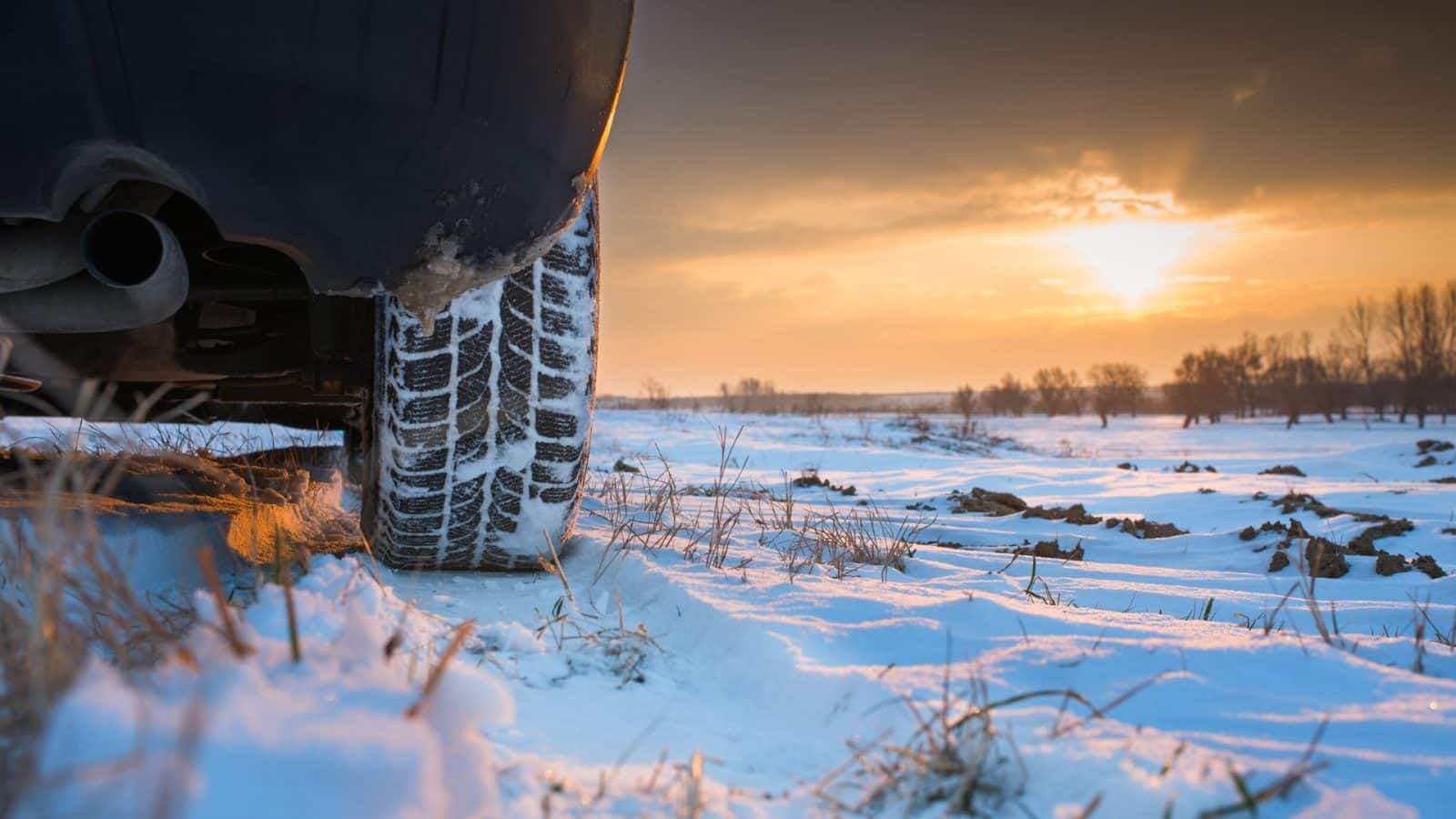As winter starts to blanket the landscape with a layer of snow and ice, it brings with it a unique set of challenges for drivers. Navigating winter roads requires extra caution and preparedness, with an emphasis on car safety. In this article, we will delve into essential tips and practices to ensure your safety on the road during the winter months.
Tire Maintenance: The Foundation of Winter Driving
Proper tire maintenance is crucial for safe winter driving. Consider switching to winter tires, which are designed to provide better traction in cold and icy conditions. Ensure that your tires have adequate tread depth, as worn-out tires can significantly compromise your grip on slippery surfaces. Regularly check tire pressure, as it tends to decrease in colder temperatures.
Visibility: Clearing the Way for Safe Travel
Maintaining clear visibility is paramount during winter. Replace windshield wiper blades before the season starts and use winter-grade windshield washer fluid that won’t freeze in low temperatures. Keep all windows, mirrors, and lights clean and free of snow and ice. Don’t forget to clear the snow from the roof of your car to prevent it from obstructing your view or flying off and posing a hazard to other drivers.

Brake System Check: Stopping Power in Winter Conditions
Ensure that your brakes are in top condition. Have your brake system inspected regularly, including brake pads, rotors, and brake fluid. In winter conditions, where slippery roads can increase stopping distances, reliable brakes are essential for car safety.
Antifreeze and Coolant: Engine Protection in the Cold
Maintain the proper levels of antifreeze and coolant in your car to prevent the engine from freezing. A well-maintained cooling system is crucial for preventing engine damage during cold weather. Check your owner’s manual for the recommended coolant mixture to ensure optimal performance.
Battery Health: Cold Weather Challenges
Cold temperatures can take a toll on your car battery, reducing its efficiency. Ensure that your battery is in good condition, with clean terminals and proper fluid levels. If your battery is more than three years old, consider having it tested or replaced before winter sets in.
Emergency Kit: Preparedness for the Unexpected
Prepare an emergency kit for your car, including essentials such as a flashlight, blankets, extra warm clothing, non-perishable snacks, a first aid kit, and a fully charged mobile phone. In case you get stranded, having these items can make a significant difference while awaiting assistance.
Drive Cautiously: Slow and Steady Wins the Winter Race
Adopt a cautious driving style during winter. Increase your following distance, reduce your speed, and avoid abrupt movements such as quick stops or sharp turns. Accelerate and decelerate gradually to maintain traction, and use lower gears on slippery surfaces to improve control.
Stay Informed: Monitor Weather and Road Conditions
Stay informed about weather forecasts and road conditions before heading out. If conditions are severe, consider delaying your trip or finding alternative routes. Knowledge of current conditions allows you to plan your journey more effectively and make informed decisions for your safety.
Winter driving demands extra attention and preparedness to ensure the safety of both you and others on the road. By following these tips for car safety, tire maintenance, visibility, brake system health, antifreeze and coolant checks, battery care, and adopting a cautious driving style, you can navigate winter roads with confidence. Remember, safety should always be the top priority, and taking proactive measures can help you enjoy a secure and stress-free winter driving experience.
Checking on car parts before winter sets in is of utmost importance! Check out what these essential car parts out! 1
Want more cold weather tips? Check out this post: 1














Leave a comment